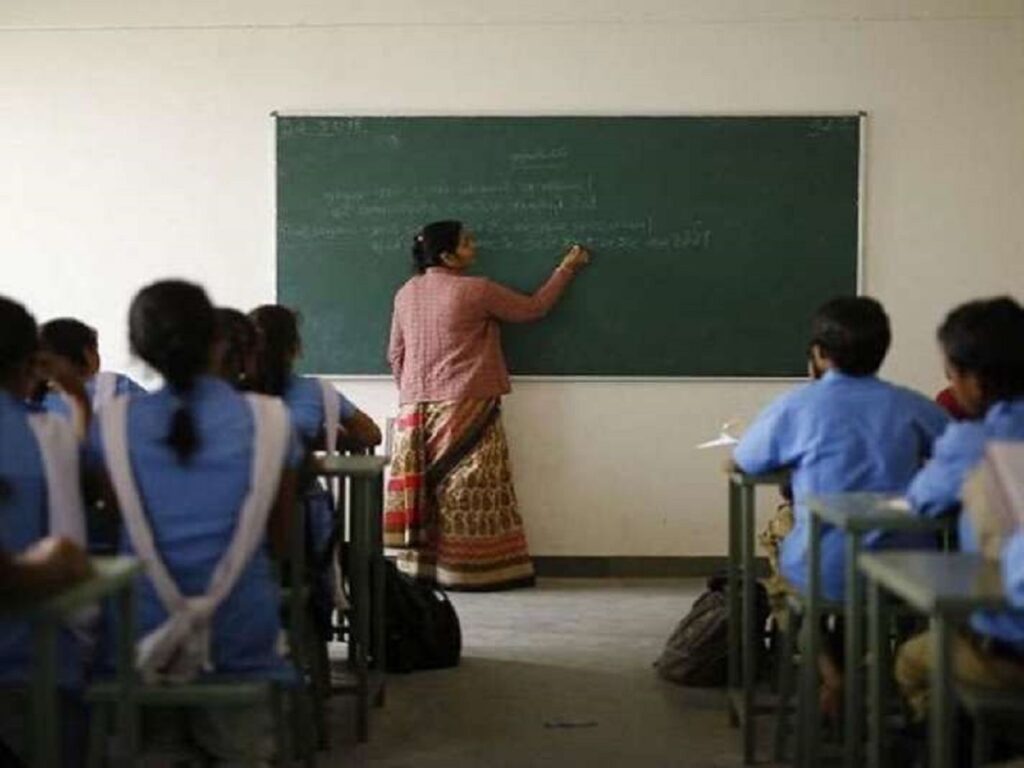In Mizoram, the issue of vacant posts within the School Education Department has become a pressing concern, with a staggering 2,991 positions currently lying vacant across various categories. This shortage of personnel not only hampers the effective functioning of educational institutions but also poses a significant challenge to the quality of education and overall development of students in the state. Addressing this gap in human resources is imperative to ensure the provision of quality education and the fulfillment of Mizoram’s commitment to nurturing its future generations.
The vacancies within the School Education Department encompass a wide range of positions, including teaching staff, administrative personnel, and support staff. At the forefront of this shortage are teaching positions, with a substantial number of vacancies in primary, middle, and high school levels. Additionally, administrative roles such as principals, headmasters, and clerical staff are also significantly understaffed, further exacerbating the challenges faced by educational institutions in Mizoram.
One of the primary consequences of the shortage of teaching staff is the increased burden on existing educators, who are forced to shoulder additional responsibilities and workload. This not only leads to burnout and fatigue among teachers but also compromises the quality of education delivered to students. With limited resources and personnel, schools struggle to maintain adequate student-teacher ratios and provide individualized attention to students, hindering their academic growth and overall development.
Moreover, the shortage of administrative personnel exacerbates the challenges faced by educational institutions in managing day-to-day operations, ensuring compliance with regulations, and fostering a conducive learning environment. Administrative staff play a crucial role in coordinating activities, managing resources, and facilitating communication between various stakeholders, thus serving as the backbone of school administration. The absence of key administrative personnel further compounds the inefficiencies and administrative bottlenecks faced by educational institutions.
The repercussions of the staffing shortage within the School Education Department extend beyond the classroom, impacting the overall quality and effectiveness of the education system in Mizoram. With inadequate supervision, monitoring, and support mechanisms in place, schools struggle to implement innovative teaching methods, assess student performance, and address the diverse needs of learners. This, in turn, hampers the attainment of educational objectives, stifling the potential for academic excellence and holistic development among students.
To address the challenge of vacant posts within the School Education Department, concerted efforts are required at both the administrative and policy levels. Firstly, there is an urgent need for the Mizoram government to prioritize the recruitment and appointment of qualified personnel to fill vacant positions in a timely manner. This may entail streamlining recruitment processes, offering incentives to attract talent, and investing in capacity-building initiatives to enhance the skills and competencies of educators and administrators.
Furthermore, measures should be taken to improve the working conditions, remuneration, and career progression prospects for teachers and educational professionals, thereby incentivizing individuals to pursue careers in the education sector. By enhancing the attractiveness of teaching and administrative roles, the Mizoram government can attract and retain skilled professionals who are passionate about shaping the future of the state through education.
In addition to addressing immediate staffing shortages, long-term strategies must be devised to strengthen the capacity and resilience of the education system in Mizoram. This may involve investing in infrastructure development, technology integration, and pedagogical innovation to enhance the quality and accessibility of education across the state. Furthermore, efforts should be made to address systemic issues such as teacher training, curriculum development, and assessment frameworks to ensure that Mizoram’s education system is aligned with the evolving needs of students and society.
In addition, the challenge of 2,991 vacant posts within the School Education Department poses a significant obstacle to the provision of quality education and the fulfillment of Mizoram’s educational aspirations. Addressing this staffing shortage requires a multi-faceted approach, encompassing recruitment reforms, capacity-building initiatives, and long-term strategic planning. By investing in its human capital and strengthening its education system, Mizoram can pave the way for a brighter future for its students and communities, empowering them to thrive in an ever-changing world.

